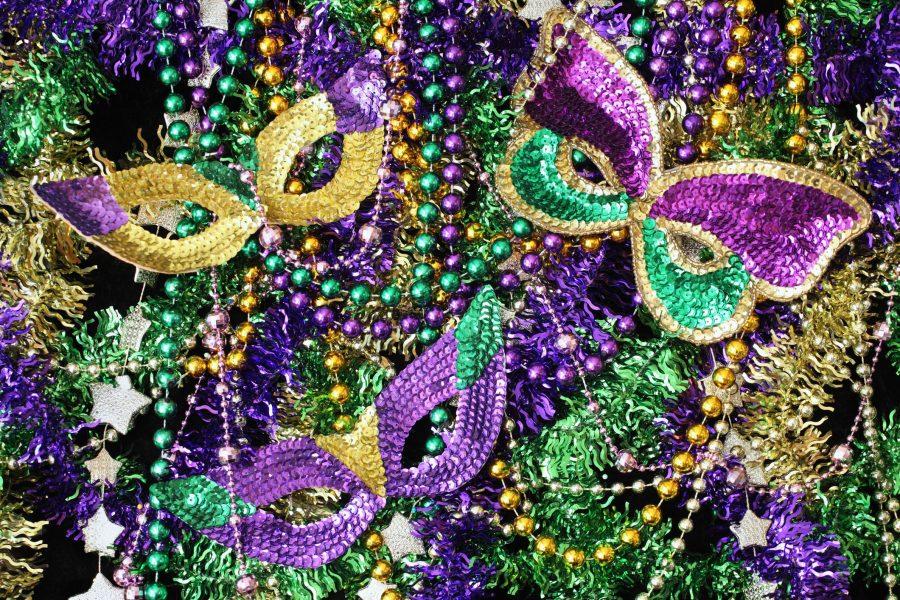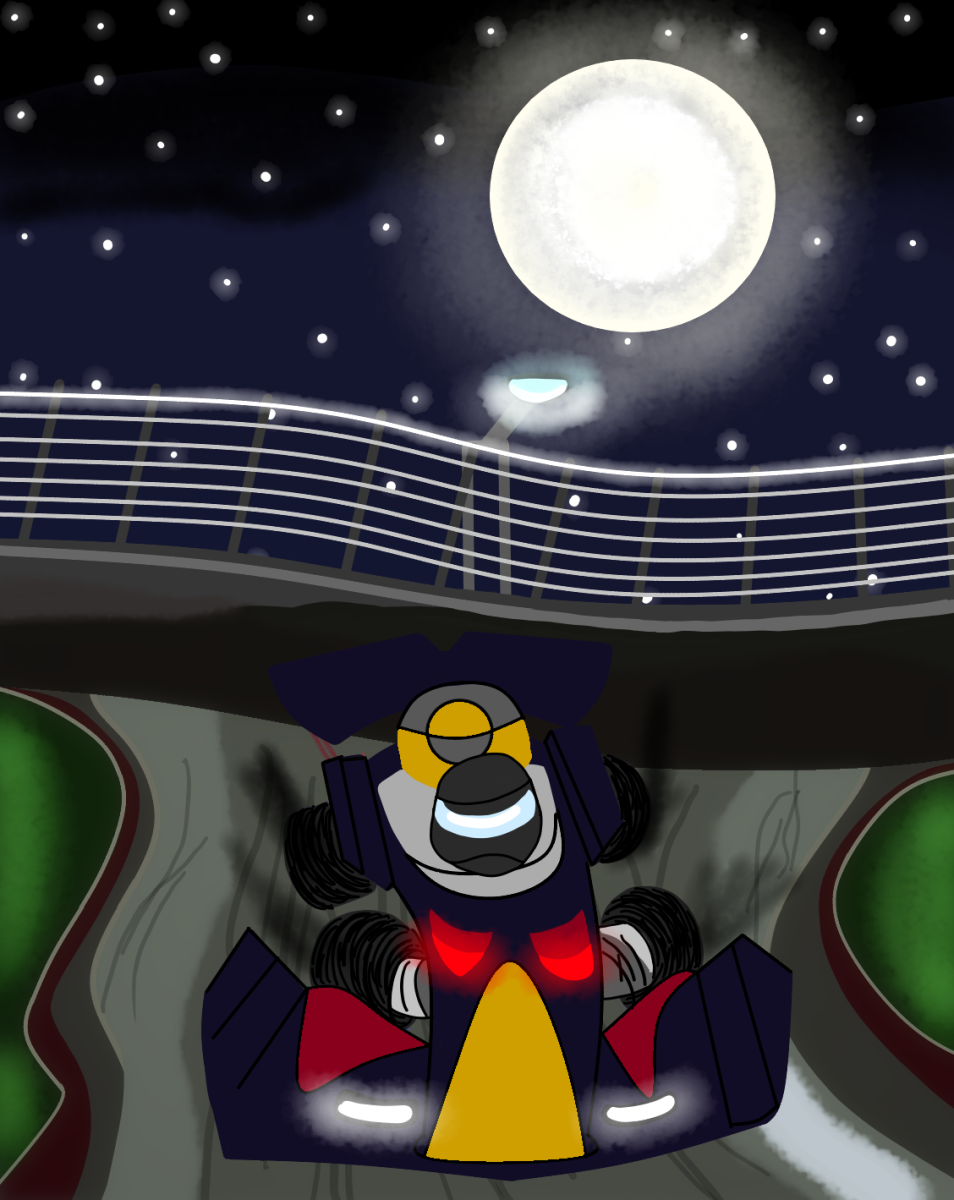Excitement fills the air as junior Natalie Hoffman stands on the corner of Julia St. and St. Charles Ave. in New Orleans, La waiting for Mardi Gras’ biggest parade, Endymion. She watched in awe as the massive floats rolled by, each leaving behind a cascade of colorful plastic beads and light up toys. She remembers what her friend junior Valerie Clemente told her about the history of the event she loves so much. Clemente learned in her French class about the traditional French holiday that brings such revelry and joy to the city of New Orleans every year.
“In French class we learned the history of Mardi Gras, the holiday that begins on Three Kings Day and ends on the day before Ash Wednesday called Fat Tuesday. It was originally a Catholic holiday meant to feast and celebrate before the Lent season where you must give up something before Easter,” said Clemente.
Mardi Gras was not originally the holiday it is today. Historically Mardi Gras had ties to the Catholic church and was related to celebrating before the restrictive Lent season. People would celebrate with large feasts and parties, and now in the modern age, New Orleans turns into a city filled with fun and parades during the Mardi Gras season.
“I’ve been to Mardi Gras the past three years and my experience was awesome every single time. I went with my friend from New Orleans and her family and they have a lot of experience on the parade routes so it made everything really enjoyable,” said Hoffman.
Every year thousands of people stand on the streets of New Orleans watching the parades that roll annually. Some of the most famous parades are the Krewes of Endymion, Bacchus, and Muses, and having a spot for these parades is very important because they are so popular. Going with a local is a must for first timers because the scene can be overwhelming for those who are not familiar with the ins and outs of Mardi Gras.
“My favorite part is definitely screaming for beads during the parades while on top of a ladder and being surrounded by some of the greatest people in the world during all of it,” said Hoffman.
New Orleans Mardi Gras festivities are unique and not like any other parade one may have been to. The floats are extremely big, sometimes even two stories, and pulled by large tractors meant for industrial farming. Patrons stand on ladders along St. Charles Ave., the main street in New Orleans that the multiple parades go down, each with their own theme every year. People stand on their ladders and enthusiastically yell for beads and other trinkets like stuffed animals and light up swords. Overall, the parades are meant to be an exciting time for people of all ages.







